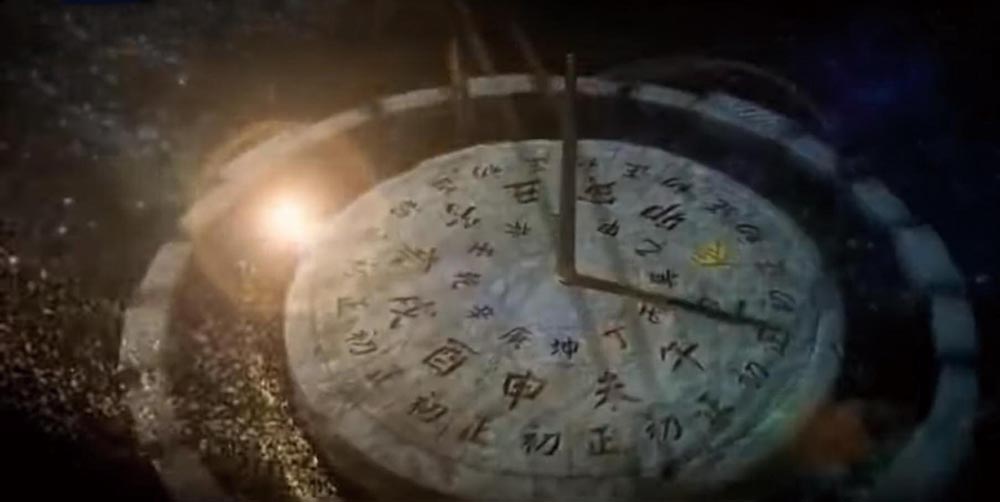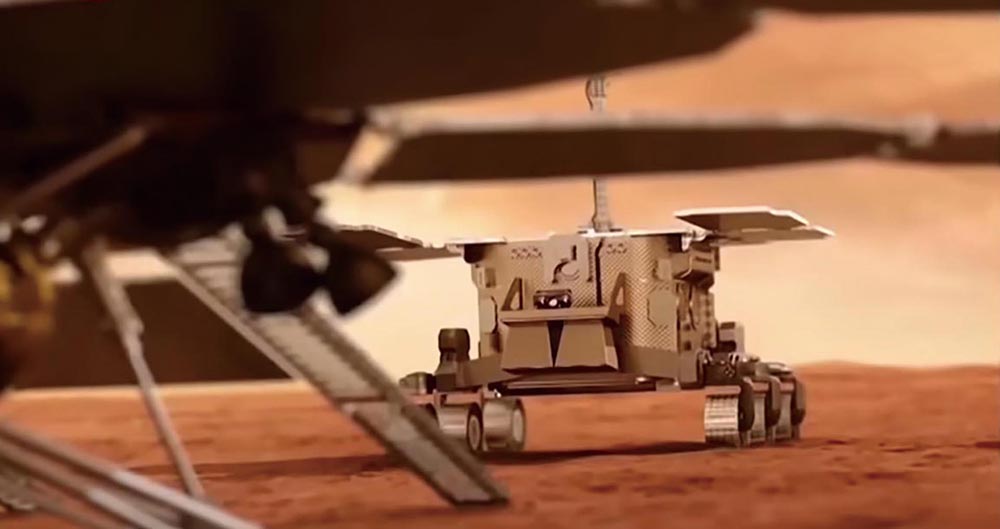 |
|
[Photo provided to China Daily] |
"The rover will have six wheels and four solar panels, carry 13 scientific instruments, weigh more than 200 kilograms and work for three months on the planet," explains Sun Zezhou, the probe's chief designer at the China Academy of Space Technology. Ye Peijian, one of the academy's leading scientists, who's known as the "father of the Chang'e probes", says that while the launch should reach Mars by February 2021, the probe may not land on the Martian surface before July 2021.
In addition, 2020 heralds the 50th anniversary of China's first entry into space, having launched its first satellite, Dongfanghong I, into space on April 24, 1970. Illustrating just how far the programme has come, in a recent cosmological first, CNSA landed the Chang'e-4 lander probe with a Yutu-2 rover on the moon in 2019, marking the first mission to touch down on the far side of the lunar surface. It's an ongoing mission that's providing unprecedented access to an unknown part of the universe. As of May 1, Yutu-2 had driven 447.68 meters on the far side and became the longest-working lunar rover on the moon.
 |
|
[Photo provided to China Daily] |
The China Aerospace Science and Technology Corporation (CASC) says this is a busy year, with the number of space launches (including the Mars probe and a new Chang'e-5 lunar probe) expected to exceed 40. China's space launches over the past two years ranked first in the world – with 27 launches in 2019 alone, sending 68 satellites into space.
Zhang Kejian, CNSA's director, says that the administration is "willing to work together with the international community to make new and greater contributions to exploring the mysteries of the universe, and promoting human welfare on the basis of equality, mutual benefit, peaceful utilisation and inclusive development." As the media maxim has it: watch this space.